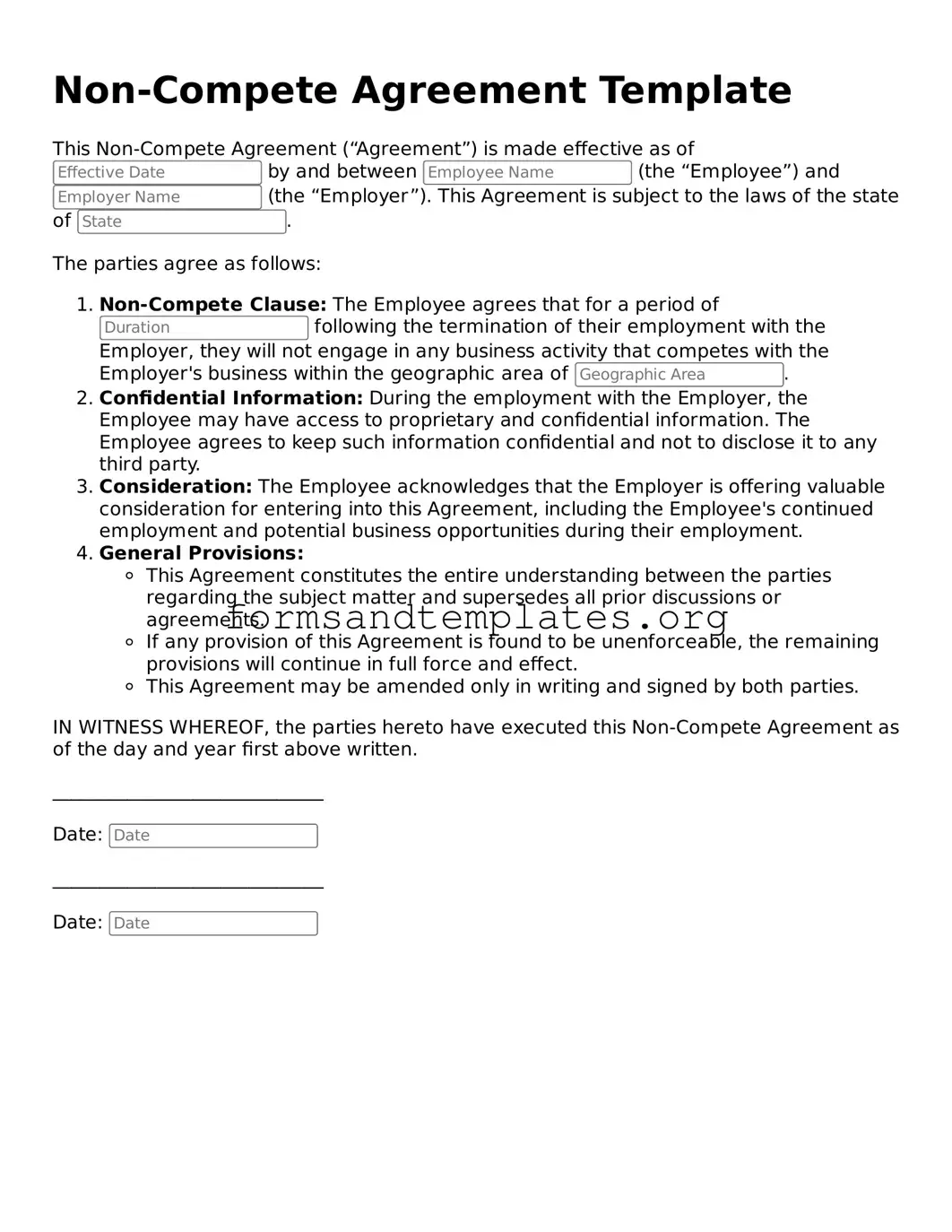What is a Non-compete Agreement?
A Non-compete Agreement is a legal contract between an employer and an employee. It restricts the employee from working for competitors or starting a similar business for a specified period after leaving the company. The primary purpose is to protect the employer’s business interests, trade secrets, and proprietary information.
Why would an employer require a Non-compete Agreement?
Employers often require Non-compete Agreements to:
-
Protect sensitive information and trade secrets.
-
Maintain competitive advantage in the market.
-
Ensure that employees do not take clients or customers to a competing business.
-
Safeguard investments made in employee training and development.
How long does a Non-compete Agreement last?
The duration of a Non-compete Agreement can vary widely. Typically, it lasts from six months to two years, depending on the industry and the specific terms outlined in the agreement. Courts generally evaluate whether the duration is reasonable based on the nature of the business and the role of the employee.
Are Non-compete Agreements enforceable in all states?
No, the enforceability of Non-compete Agreements varies by state. Some states, like California, largely prohibit these agreements, while others enforce them under certain conditions. Factors such as reasonableness in scope, duration, and geographic area play a crucial role in determining enforceability.
What should an employee consider before signing a Non-compete Agreement?
Before signing a Non-compete Agreement, an employee should consider the following:
-
The duration and geographic limitations of the agreement.
-
The potential impact on future employment opportunities.
-
Whether the agreement is reasonable and necessary for the employer’s business.
-
The possibility of negotiating terms that are more favorable.
Can a Non-compete Agreement be modified or terminated?
Yes, a Non-compete Agreement can potentially be modified or terminated. This usually requires mutual consent from both parties. Employees may negotiate changes before signing, or they may seek legal advice if they believe the terms are overly restrictive after leaving the company.
What are the consequences of violating a Non-compete Agreement?
Violating a Non-compete Agreement can lead to serious consequences. Employers may pursue legal action, seeking damages or an injunction to prevent the employee from working for a competitor. Additionally, the employee may face financial penalties and damage to their professional reputation.
